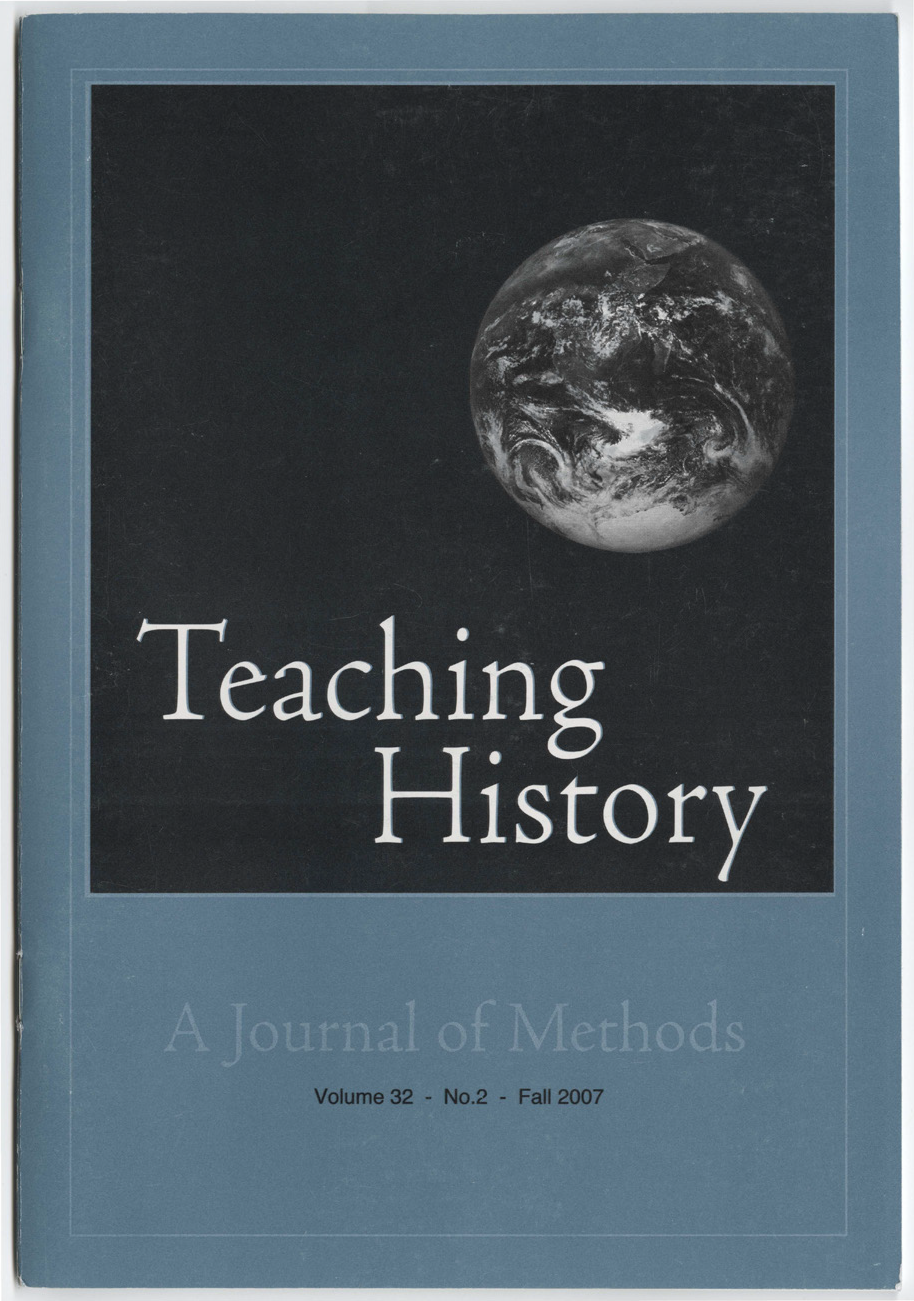Less Is More
Ludwig Mies Van Der Rohe, Glass Houses And Immigration
DOI:
https://doi.org/10.33043/TH.32.2.92-97Abstract
When the Armour and Lewis Institutes of Chicago merged in 1940 to form the Illinois Institute of Technology (IIT), the director of architecture, Ludwig Mies van der Rohe, was asked to develop plans and design the buildings for the newly expanded 120-acre campus. Not since Thomas Jefferson's design of the University of Virginia in 1819 had a university campus been the work of a single architect. This responsibility was accorded to van der Rohe just two years after his entry into the United States and foretold the pivotal impact that his architecture would have on America and the world. Soon after his retirement from IIT in 1958, van der Rohe was awarded Gold Medals by both the Royal Institute of British Architects and the American Association of Architects. Five years later, President Lyndon Johnson presented van der Rohe with the Presidential Medal of Freedom, America's highest civilian award.
Downloads
Downloads
Published
How to Cite
Issue
Section
License
Copyright (c) 2007 Daniel F. Rulli

This work is licensed under a Creative Commons Attribution-NonCommercial-NoDerivatives 4.0 International License.
By submitting to Teaching History, the author(s) agree to the terms of the Author Agreement. All authors retain copyrights associated with their article or review contributions. Beginning in 2019, all authors agree to make such contributions available under a Creative Commons Attribution-NonCommercial-NoDerivatives 4.0 International license upon publication.



